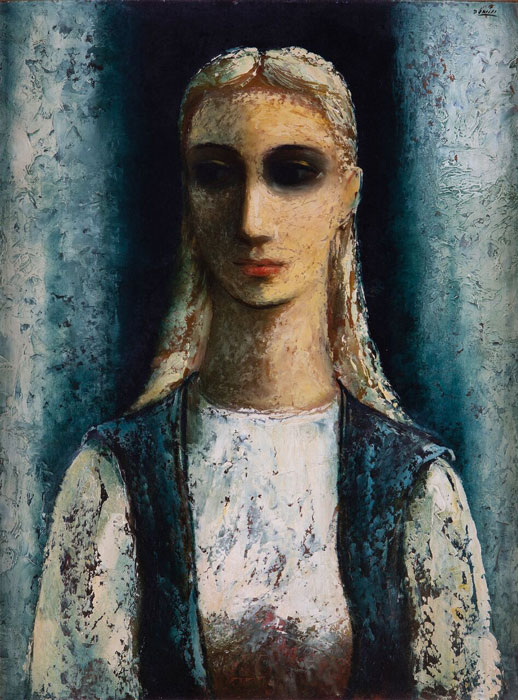The modernity of the Goethe Institute in Merrion Square exemplifies sensitive renovation of Georgian buildings, writes James Howley
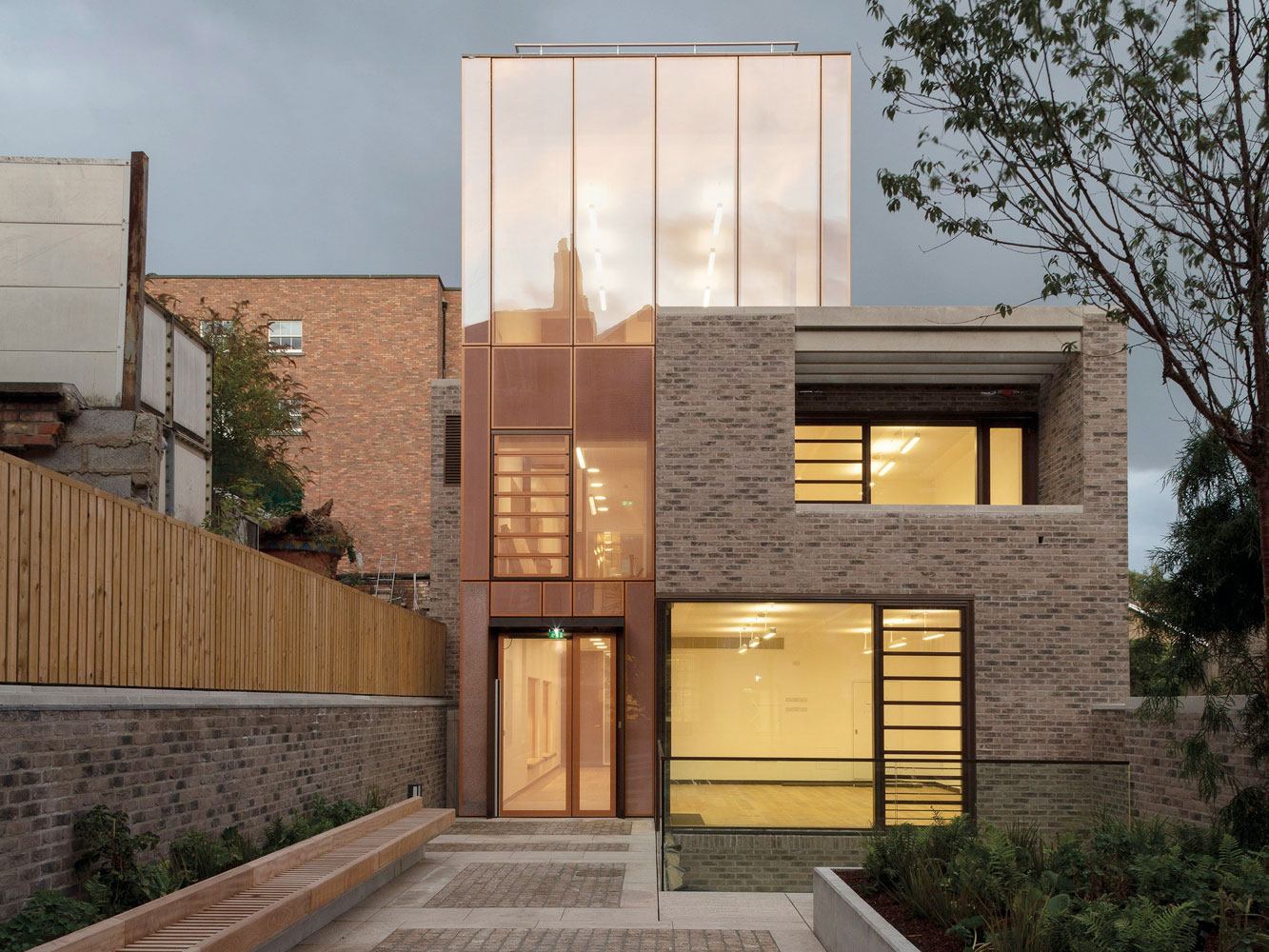
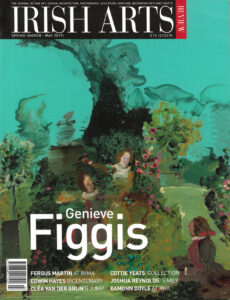
The modernity of the Goethe Institute in Merrion Square exemplifies sensitive renovation of Georgian buildings, writes James Howley
In Ireland we cherish our authors and rightly so, but none of our literary giants has been honoured quite so universally as the German author and all-round polymath Johann Wolfgang von Goethe. Goethe, who died in 1832, had a major influence on European ideas during his long life, not just within all aspects of literature, but also in politics, science, philosophy, art and design. He is today probably most widely known through the international institute that bears his name and promotes German language and culture within Germany and around the world. Established in 1951, the institute was created to encourage international cultural exchange and good relations following decades of division and conflict in Europe that dominated most of the first half of the 20th century. It was very fitting that this new institution was named after the German, who more than any other had enriched and expanded European culture across so many different branches of science and the arts. Founded as an independent body to succeed the German Academy, initially to support teachers of the German language, the work of the institute expanded steadily to include other activities closely linked to Germany’s foreign cultural policy. That the institute can commission and deliver such a remarkable headquarters building in a small country like Ireland is testament to its international commitment and considerable success.
To read this article in full, subscribe or buy this edition of the Irish Arts Review
In Ireland we cherish our authors and rightly so, but none of our literary giants has been honoured quite so universally as the German author and all-round polymath Johann Wolfgang von Goethe. Goethe, who died in 1832, had a major influence on European ideas during his long life, not just within all aspects of literature, but also in politics, science, philosophy, art and design. He is today probably most widely known through the international institute that bears his name and promotes German language and culture within Germany and around the world. Established in 1951, the institute was created to encourage international cultural exchange and good relations following decades of division and conflict in Europe that dominated most of the first half of the 20th century.
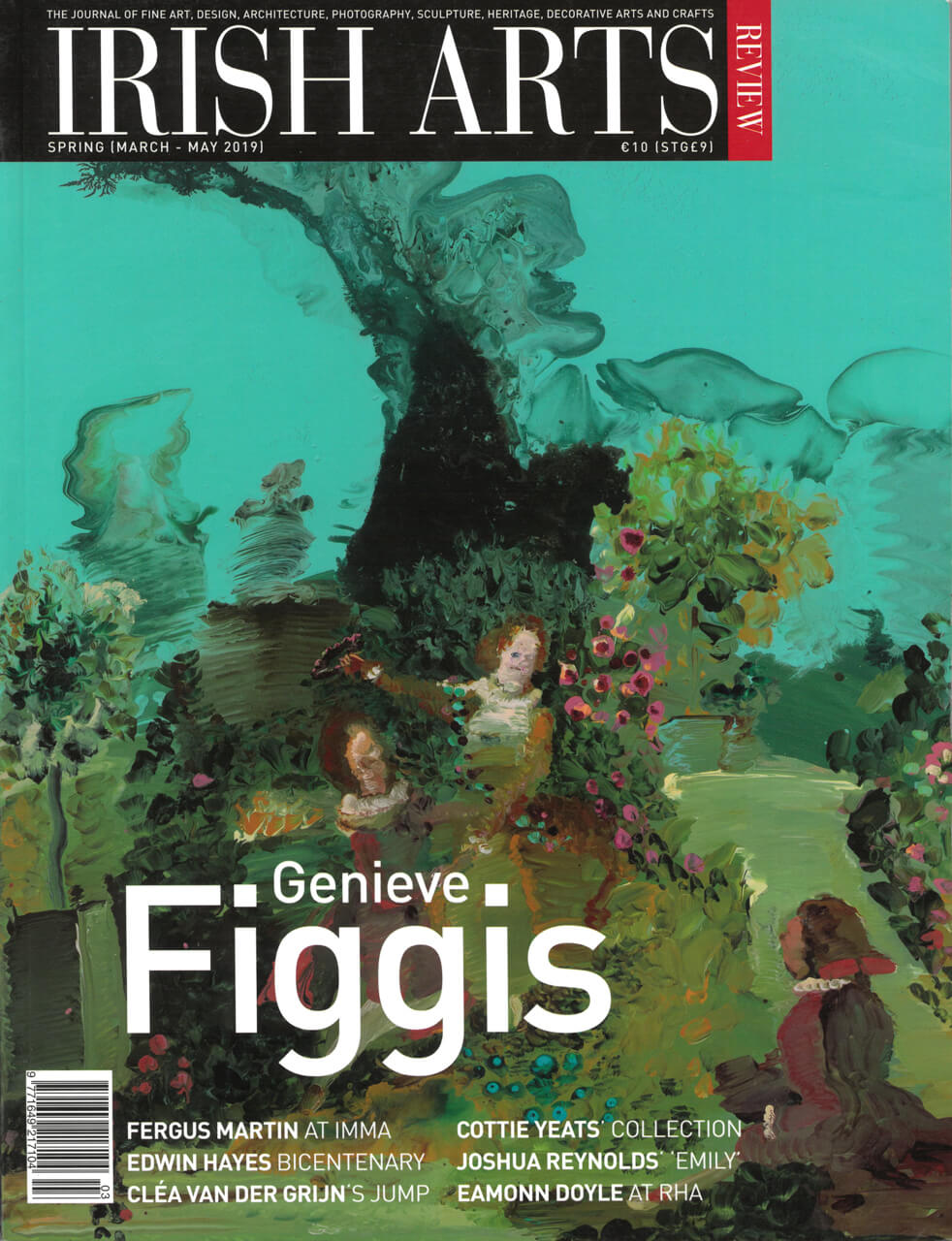
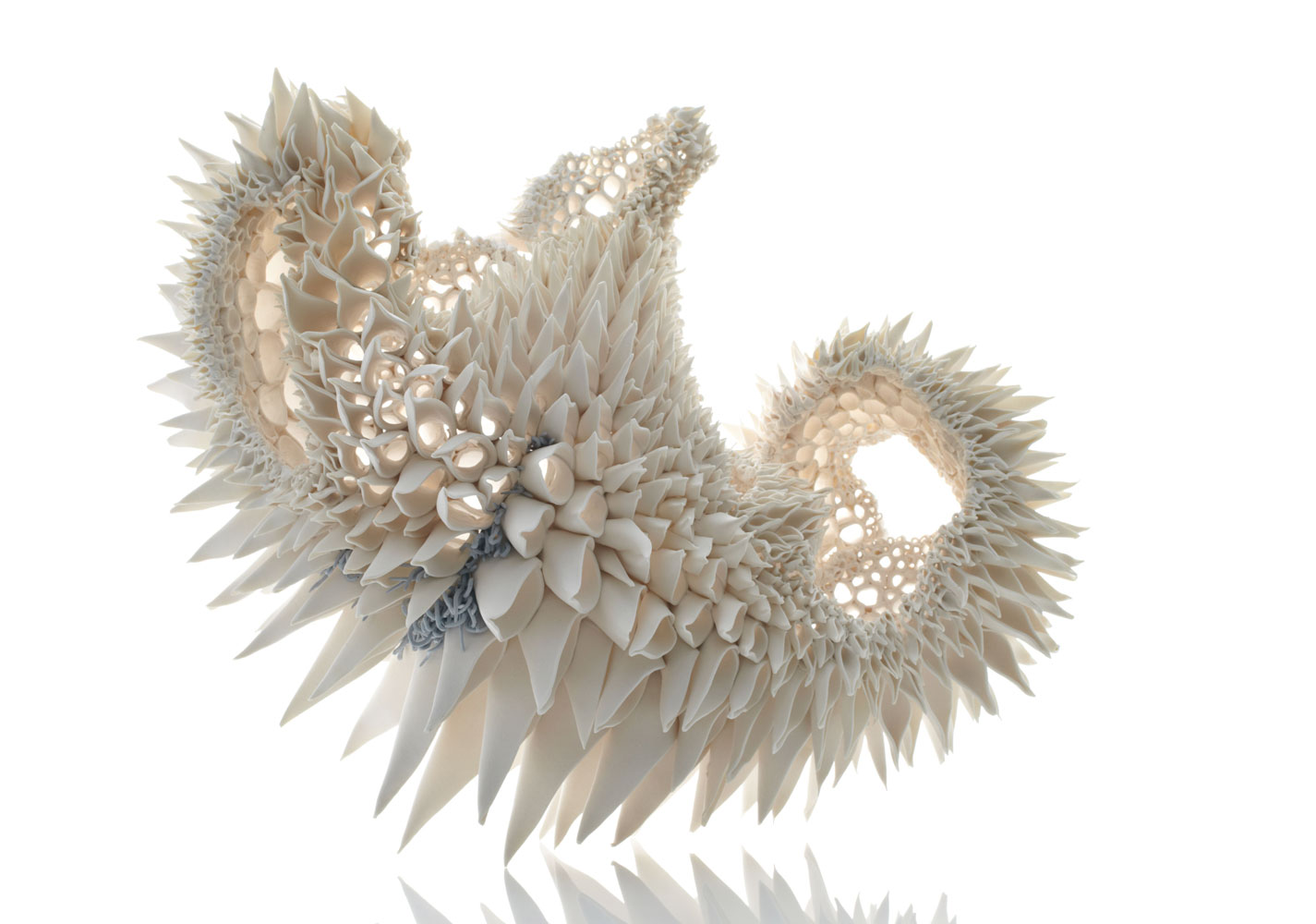
Research into theoretical principles across the fields of art, science and aesthetics imbue Nuala O’Donovan’s work, writes Mark Ewart
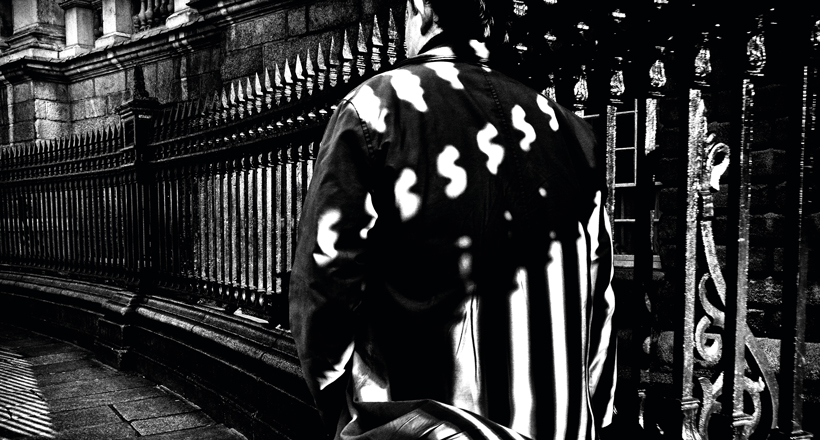
Eamonn Doyle’s portraits of Dubliners are unposed, untroubled by vanity and full of momentum, writes Stephanie McBride
